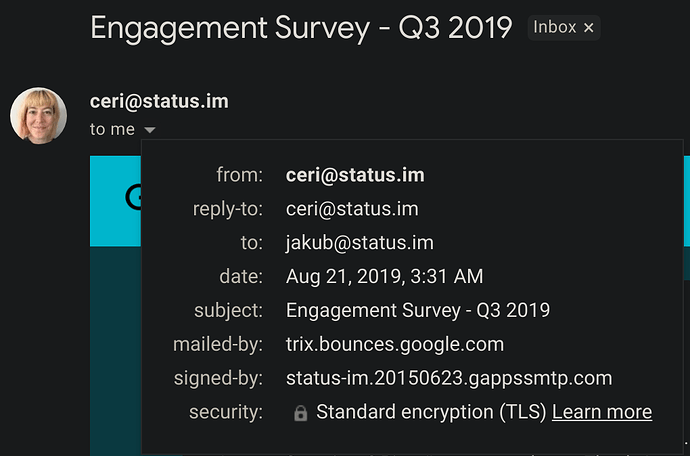Re:
Small group of very loud voices constantly heard, no one else taken seriously.
The above post is coming in a bit too late imo. It’s 3 hours before the call.
I know it was announced before, somewhat unofficially and originally for Thursday the 5th, but for those who missed or lost track of that announcement, this might be cutting it close a little - especially considering a minority of core contribs seem to frequent the forum. So here’s an admittedly crazy suggestion.
Add 5 DAI or equivalent in SNT or so per core contributor to a pool of funds, and make a roll call at the beginning of each call where people’s presence would be appreciated.
Have whoever is doing the roll call tick off present people in a list (very easy to build a UI for something like that), and once the call is over (for the sake of someone coming in late etc) submit to the pool with people’s public eth addresses (can be a single tx easily). All those who were present are now eligible to issue a withdraw function to the contract which gives them TOTAL_ETHER / PRESENT_MEMBERS ether. Alternatively, those who want to forsake their share can issue a forsake call which would add their stake to the next pool, or add it to some other initiative. All unsignaled eth is returned to the bank.
Just a radical thought on how to incentivize diversity in the calls and move away from those “few loud voices”.
Granted, this makes “greed” (if you can call it that for 5 DAI) the driving factor for participation, but I think this might lead to more engagement in general. If different people attend because of the 5 DAI initially, maybe they’ll be asked things or be encouraged to speak, leading in turn to further communication with them about their thoughts and ideas and making them more active participants, potentially bringing “interest” and “passion” in as incentivization after a few meetings have dispelled the “you actually don’t matter” or impostor syndrome feeling.
In turn, this might also help with:
People don’t feel like they’re making an impact. Don’t feel connected to the vision and how it all fits together
Feels like crucial decisions about the future of the organization are not being communicated transparently to everyone.
Hard to get hold of coworkers sometimes, acts as a blocker
The downside of this is that it makes each meeting cost 300 DAI or so (maximum), and another is that it’s “paying people to care”, which is no one’s interest. But if there’s a “vocal dozen” problem, I don’t know how else to solve this - maybe with some NFTs instead, but that would again not draw in the people who don’t much care about such things.
More added benefits of such an approach:
- experimentation with minimal-viable-UI that has maximum friendliness to non-tech people
- getting people who work at Status to actually use the blockchain and interact with both SNT and Ethereum at large through issuing transactions and learning how this works
- increasing DAI/SNT utility
- testbed for Status-first dapp (the UI can be optimized for Status, for example, or a perfect “native” testbed for internal experiments like relayed transactions even - consider having everyone sign their “I’m here” transaction during a call, and then relaying all of them or aggregating the signatures and sending that)
Lots of stuff to play with, just a thought. ¯\_(ツ)_/¯

